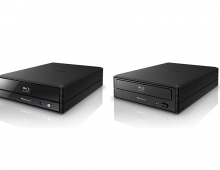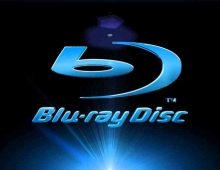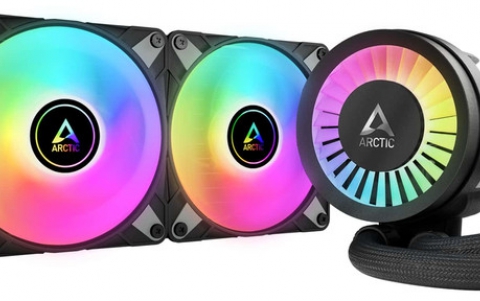
BDA: Microsoft/Intel Announcement Cites Inaccuracies
The Blu-ray Disc Association members, Dell, and Hewlett Packard,
today officially responded to the recent announcement of Microsoft and Intel regarding the Blu-ray Disc format, claiming that it cites "inaccuracies".
Hot on the heels of the yesterday's report, the Blu-ray Disc Association released an announcement in an effort to directly respond to the claims of Intel and Microsoft.
"Microsoft and Intel's announcement erroneously indicates that HD-DVD has an
advantage in a number of areas," the BDA says. Continuing, the Association indicates the key facts that have been overlooked by Microsoft/Intel:
"We are actively engaged with our customers who continue to tell us that features such as capacity, advanced interactivity, and industry wide support are of utmost importance when considering new optical solutions," said Kevin Kettler, Chief Technology Officer, Dell, Inc. "Based on this feedback and a comparison of the two formats, Dell has no doubt that Blu-ray Disc best meets the needs of computer users and provides the type of open industry standards needed to drive innovation and growth of the format across all platforms - consumer electronic, personal computers and gaming consoles."Capacity: Blu-ray Disc’s capacity is 50GB. This will be available at launch for BD-ROM, BD-R, and BD-RE. This is 67% more than HD-DVD’s 30GB ROM capacity and 150% more than its recordable storage capacity – a critical issue for computer users.
Managed copy: Managed Copy is not a function of the optical disc format, but a function of the content protection system. The AACS content protection system, which is used by both Blu-ray Disc and HD-DVD, enables managed copy and network streaming functionality. It is not format specific.
Hybrid Disc: Blu-ray Disc was the first format to introduce a hybrid disc that could hold both high and standard definition versions of a movie on a single disc. The Blu-ray Hybrid Disc is the more elegant solution as it holds both versions of the film on the same side of the disc, which provides for easy labeling and greater ease of use for consumers.
Backward Compatibility: Blu-ray Disc players and recorders can and will support DVDs through the addition of red lasers in the hardware. In order to be backward compatible with DVD, HD-DVD must also include a red laser.
Interactivity: Blu-ray disc is built on BD-JavaTM, which leverages years of industry investment and experience in the set-top box, PC, and cell phone industries. BD-JavaTM provides a mature, robust platform for authoring and delivering unprecedented interactive capabilities to the
user for movies, music, and games. BD-Java was selected over iHD, the developmental Microsoft technology used in HD-DVD. The BDA carefully compared both iHD and BD-J, and concluded that iHD didn’t go far enough in providing a compelling feature set beyond DVD, while BD-J offered
studios a much richer palette for providing a compelling interactive HD experience for consumers, particularly when a player is connected to a network.
The next-generation DVD format duel definitely warms up. Additional information about the issue is available here.





















